- Home
- Articles
- Architectural Portfolio
- Architectral Presentation
- Inspirational Stories
- Architecture News
- Visualization
- BIM Industry
- Facade Design
- Parametric Design
- Career
- Landscape Architecture
- Construction
- Artificial Intelligence
- Sketching
- Design Softwares
- Diagrams
- Writing
- Architectural Tips
- Sustainability
- Courses
- Concept
- Technology
- History & Heritage
- Future of Architecture
- Guides & How-To
- Art & Culture
- Projects
- Interior Design
- Competitions
- Jobs
- Store
- Tools
- More
- Home
- Articles
- Architectural Portfolio
- Architectral Presentation
- Inspirational Stories
- Architecture News
- Visualization
- BIM Industry
- Facade Design
- Parametric Design
- Career
- Landscape Architecture
- Construction
- Artificial Intelligence
- Sketching
- Design Softwares
- Diagrams
- Writing
- Architectural Tips
- Sustainability
- Courses
- Concept
- Technology
- History & Heritage
- Future of Architecture
- Guides & How-To
- Art & Culture
- Projects
- Interior Design
- Competitions
- Jobs
- Store
- Tools
- More
Safeguarding Your Home’s Design Integrity: How to Protect Architectural Features During a Move
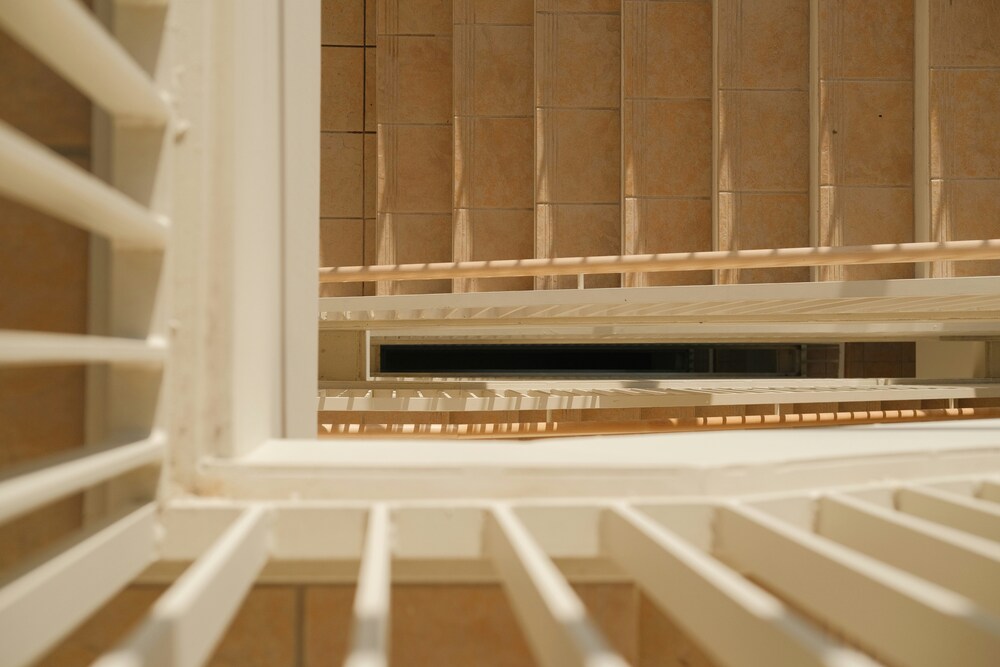
Moving out of a thoughtfully designed space presents a challenge most homeowners don’t anticipate until boxes start stacking up. Beyond the logistics of transporting furniture and belongings, there’s a real risk of damaging the very features that make a home architecturally distinctive. Crown moldings, custom millwork, specialty flooring, and built-in cabinetry can suffer irreversible harm when the moving process isn’t handled with intention.
The solution starts with preparation and partnering with professionals who understand the stakes. Working with experienced movers and packers transforms a potentially chaotic day into a methodical operation where every architectural element receives proper consideration. This isn’t about being precious with your belongings. It’s about protecting investments in craftsmanship that often took months or years to complete.
Table of Contents
ToggleIdentifying Vulnerable Design Elements Before Moving Day
Walk through your home with fresh eyes before any furniture gets lifted. That hand-scraped hardwood you paid extra for? It scratches easier than standard flooring. The decorative ceiling medallions in your dining room? One wrong move with a tall bookcase could crack plaster that’s irreplaceable. Glass-paneled French doors, floating staircases with open risers, and accent walls with textured finishes all demand specific handling strategies.
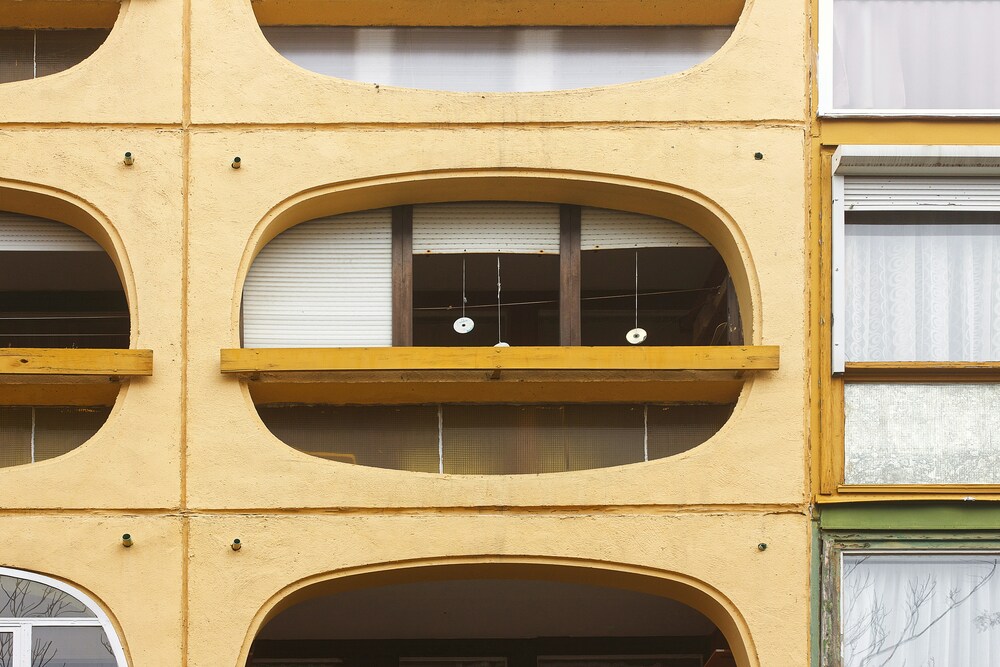
Creating an inventory of architectural details worth protecting helps moving crews understand what they’re working around. Professional teams can then allocate appropriate padding, plan furniture pathways that avoid tight squeezes past delicate surfaces, and assign experienced handlers to navigate tricky transitions. The best moving companies conduct walkthrough assessments specifically for this purpose.
Strategic Packing That Respects Your Space
Packing isn’t just about protecting what goes into boxes. It’s equally about preventing damage to walls, door frames, and floors during the loading process. Furniture corners are notorious for gouging drywall, and dragging heavy pieces across surfaces can leave permanent marks on wood, tile, and stone.
Corner guards on door jambs and protective runners along hallways create barriers between moving activity and finished surfaces. Felt pads on furniture legs prevent scratches during repositioning. For homes with custom staircases or narrow corridors, professional crews know to break down larger pieces rather than risk damage trying to muscle them through tight spaces.
Artwork and mirrors deserve particular attention. Beyond their monetary value, these pieces often relate directly to the architectural proportions of rooms they occupy. Specialty packing with reinforced corners and climate-appropriate materials ensures they arrive ready to hang in your new space.
The Unloading Phase Matters Just As Much
Most moving damage actually occurs during unloading, not loading. Fatigue sets in, crews rush to finish, and attention to detail slips. This is precisely when a momentary lapse can result in a gouge across pristine hardwood or a dent in freshly installed trim.
Communicate with your moving team about which areas of your new home require the most care. If you’ve just had custom built-ins installed or splurged on designer wallpaper in the entryway, say so upfront. Crews can then plan their entry points and staging areas accordingly.
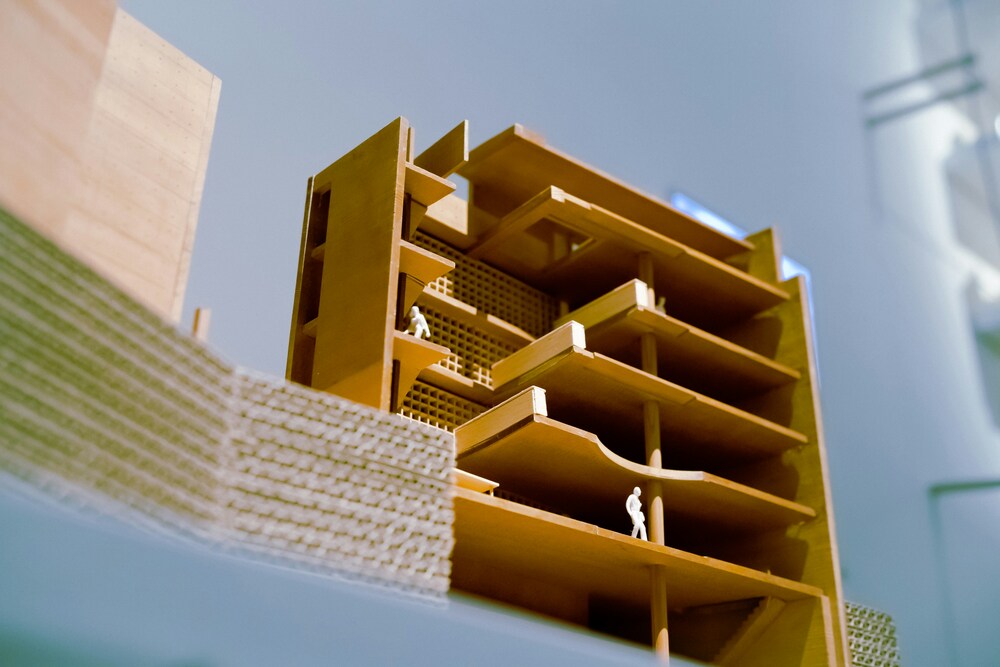
Consider scheduling your move to allow for proper lighting conditions. Evening moves under artificial light make it harder to spot potential obstacles and increase the likelihood of accidental contact with delicate surfaces.
Choosing Partners Who Understand Design Value
Not all moving companies operate with the same appreciation for architectural quality. The distinction between a budget operation and a full-service team often shows in how they treat architectural details. Established companies invest in training their crews to recognize and respect design elements that matter to homeowners.
Look for teams that ask questions about your space before arrival. Do they want to know about flooring types? Are they curious about ceiling heights and doorway widths? These inquiries signal a company that plans for success rather than reacting to problems.
The relationship between moving logistics and architectural preservation might seem unlikely at first glance. But anyone who has watched movers maneuver a sectional sofa through a home with exposed beams understands the connection immediately. When done right, a well-executed move protects months of design decisions in a single afternoon.
Your home’s character shouldn’t suffer because you’re changing addresses. With proper planning and the right professional support, every architectural detail can make the journey intact.
illustrarch is your daily dose of architecture. Leading community designed for all lovers of illustration and #drawing.
Submit your architectural projects
Follow these steps for submission your project. Submission FormLatest Posts
How Much Time Does It Take to Install Impact-Resistant Windows and Doors
Introduction Upgrading your home’s windows and doors can feel like a big...
How to Furnish Your New Home in 24 Hours (Without Picking Up a Screwdriver)
The keys have been handed over. The lease is signed. You are...
3D Printed Homes: Time, Cost, and What to Expect
3D printed homes explained: realistic timelines (24–72h walls, 8–16 weeks total), true...
How a Contact Centre Boosts Trust in Your Building Business
In construction, trust is the glue that holds projects together. Clients need...








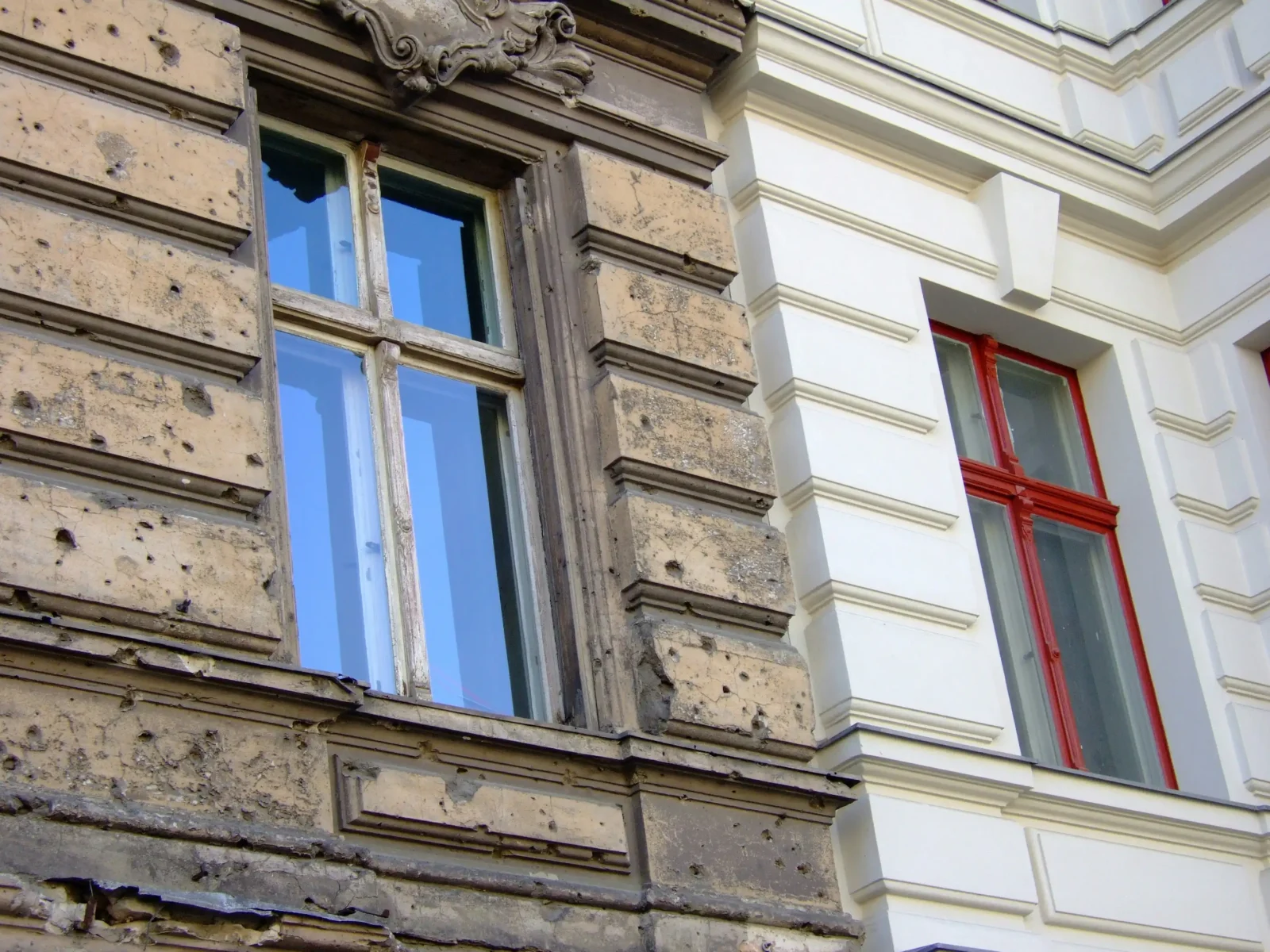

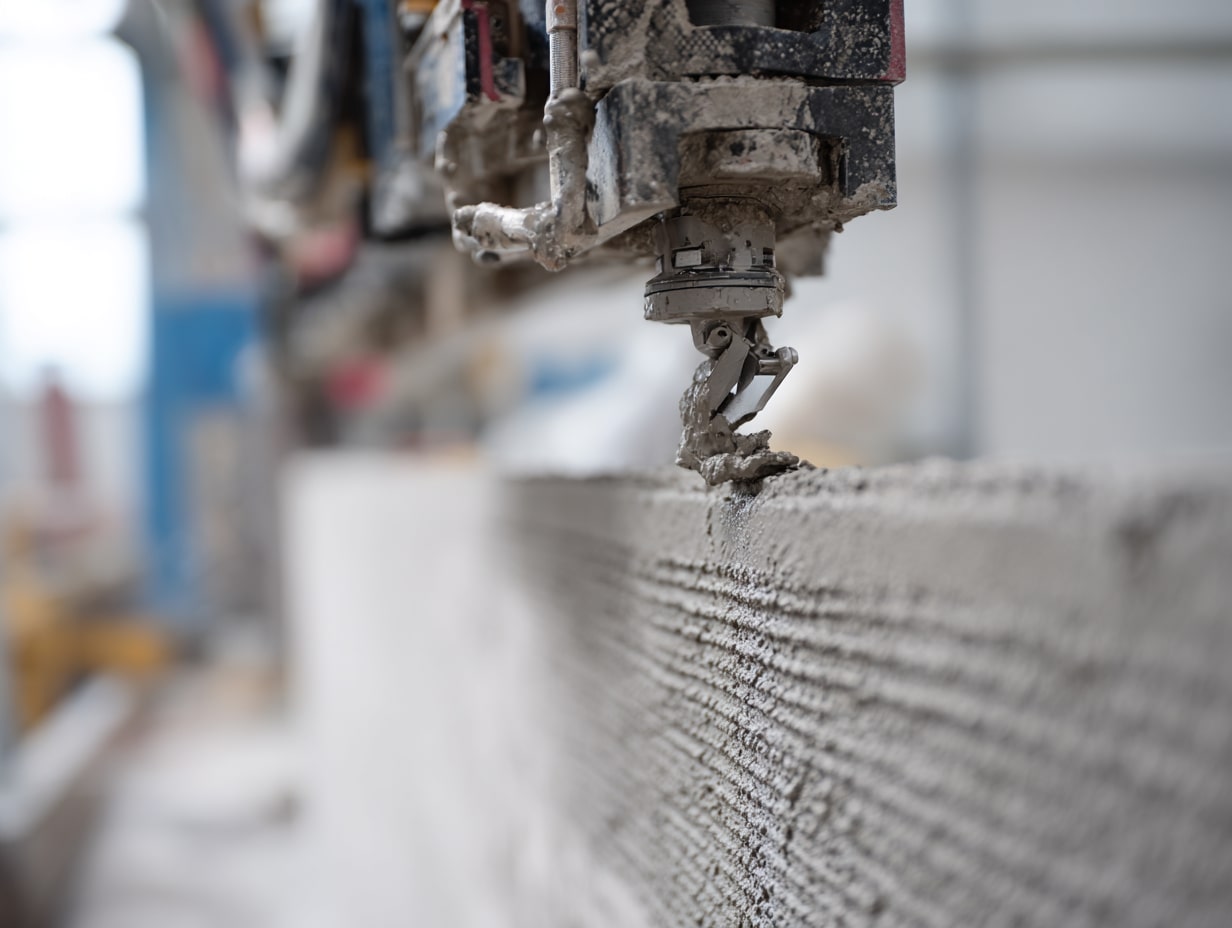

Leave a comment